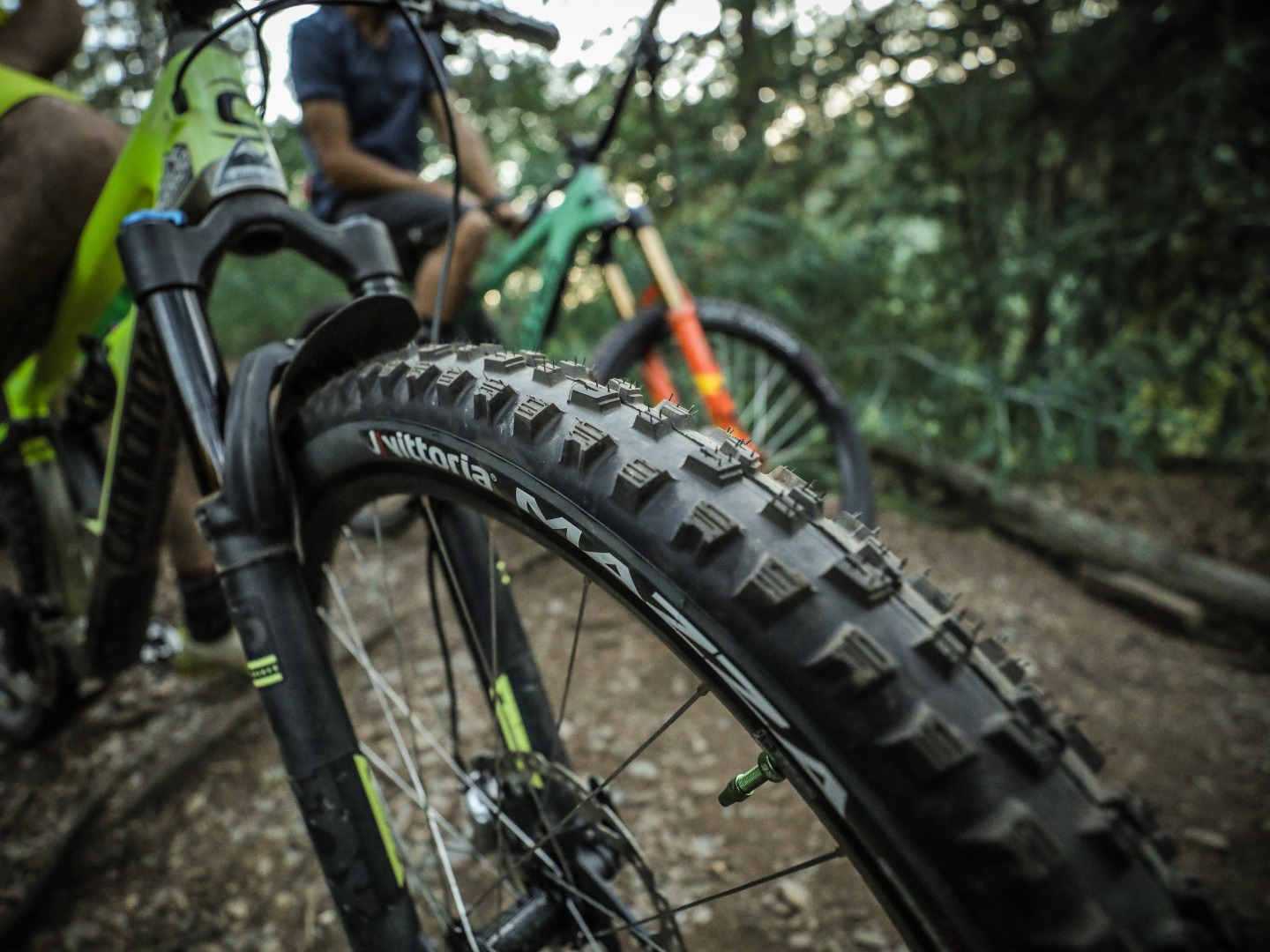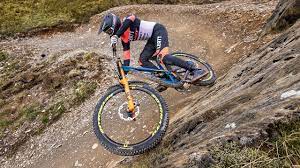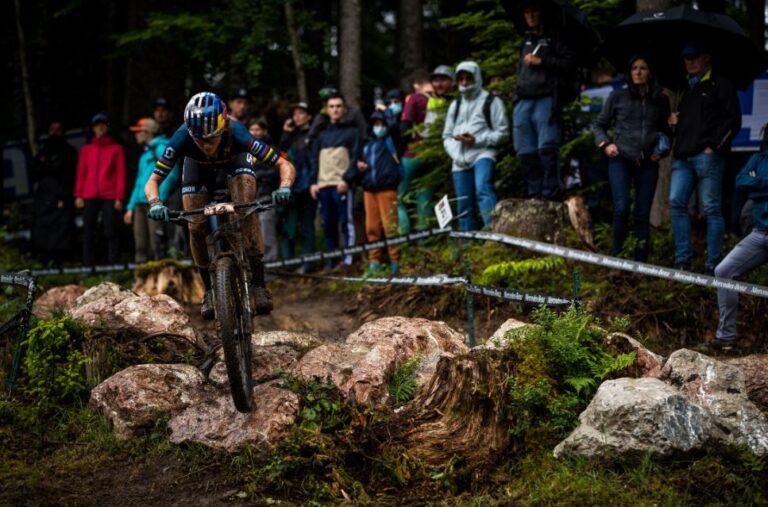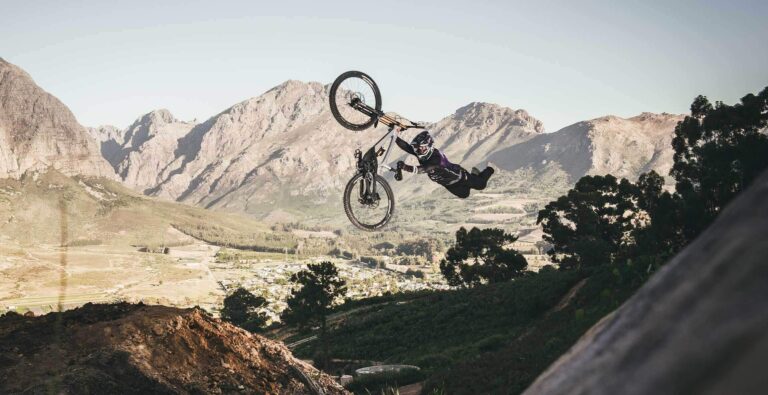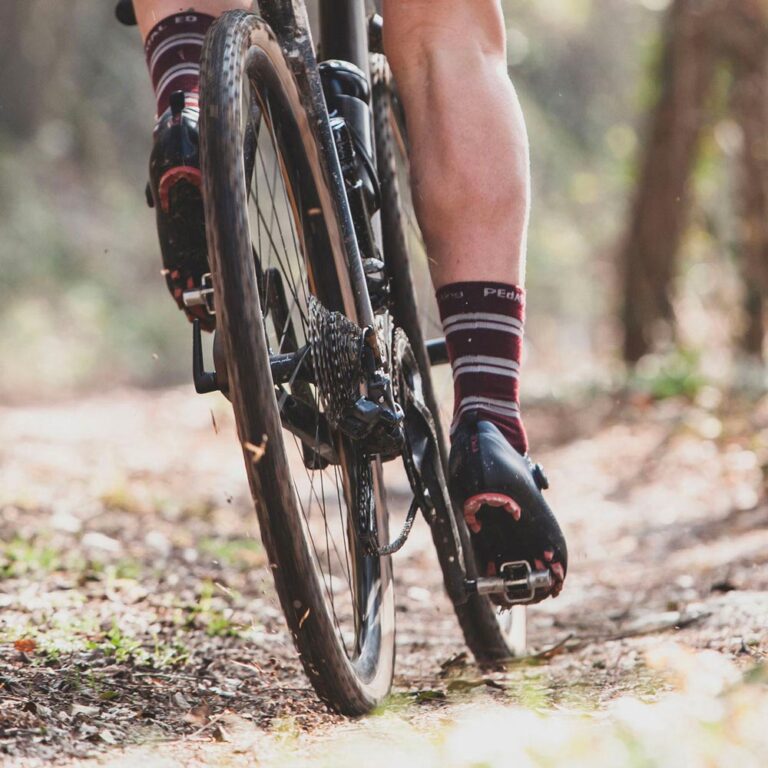Mastering Enduro Bike Tire Size Selection: A Cyclist’s Guide
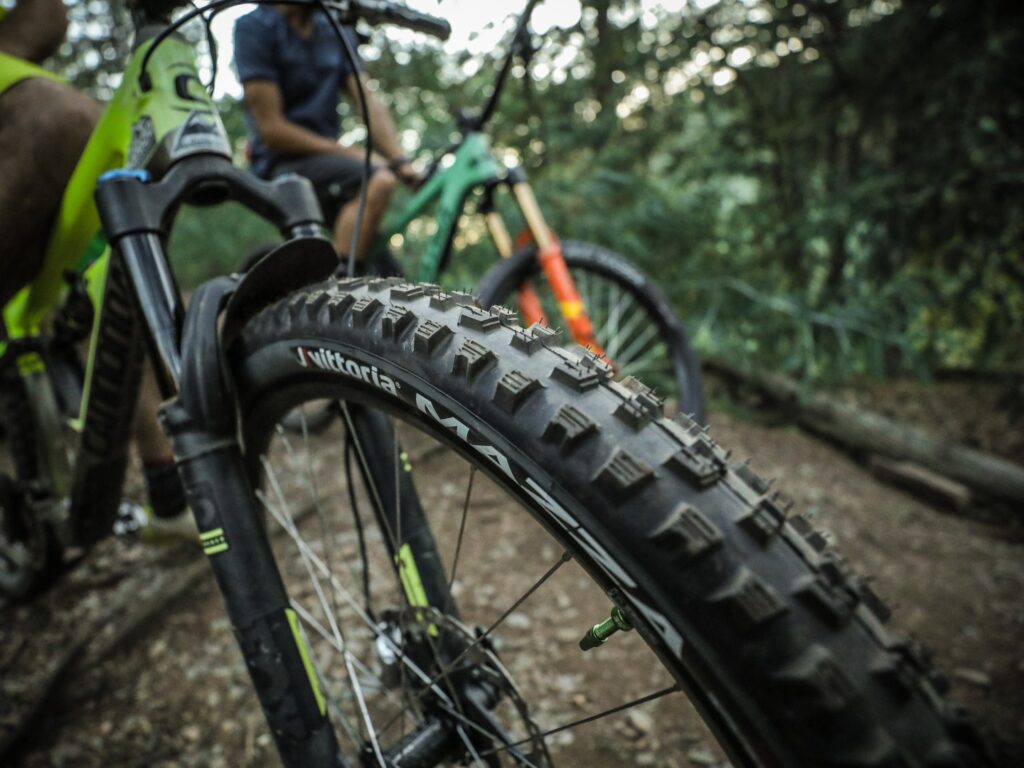
Key Point Summary of Enduro Bike Tire Size Selection:
Selecting the right tire size for your enduro bike greatly influences performance and comfort. This comprehensive guide covers aspects of enduro bike tire size, including compatibility and dimensions. Tailored for cyclists from beginners to mid-level, it sheds light on the nuances of choosing the perfect tire size for enduro riding, taking into account different terrains and riding styles.
Hey fellow riders! With years of experience on various bikes, including the adrenaline-pumping realm of enduro, I’ve come to understand the critical role of choosing the right tire size. Enduro biking, with its unique blend of downhill speed and uphill capability, demands specific tire considerations.
Understanding Enduro Bike Tire Size
In enduro riding, your tires are pivotal. They affect everything from your bike’s handling to your overall comfort and safety on the trail. Enduro bikes typically accommodate larger tires, but the ideal size can vary based on several factors.
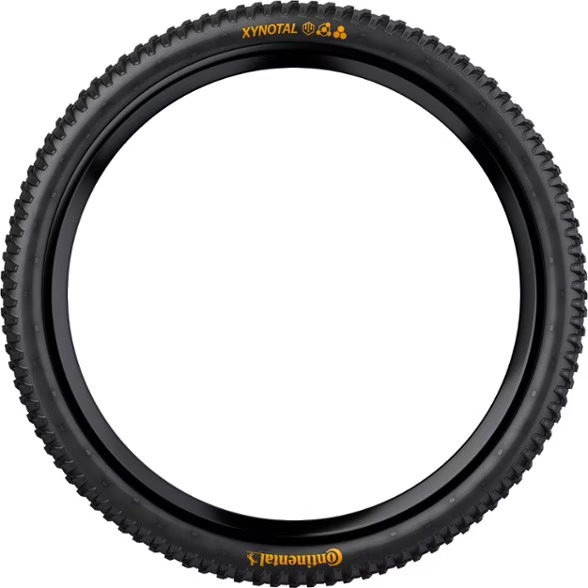
Tire Dimensions
Enduro bike tires generally range in width from 2.3 to 2.6 inches. Wider tires provide better traction and stability, essential for the downhill sections and technical trails common in enduro riding. I’ve felt this difference personally; wider tires have saved me in tricky downhill scenarios, offering the grip needed to navigate safely.
Wheel Size and Compatibility
The wheel size is another crucial aspect. Most enduro bikes use either 27.5-inch or 29-inch wheels. Each has its advantages: 29-inch wheels roll over obstacles more easily and maintain speed better, while 27.5-inch wheels are more agile and responsive. When selecting tires, ensure they are compatible with your wheel size.
Balancing Grip and Rolling Efficiency
Choosing the right tire involves balancing grip for downhill sections and rolling efficiency for climbs. Aggressive tread patterns offer better grip in loose or wet conditions but can increase rolling resistance. It’s a trade-off I’ve navigated many times, choosing based on the specific trail conditions of the day.
Durability and Puncture Resistance
Enduro riding can be tough on tires. Opting for tires with robust construction and puncture resistance is wise. I’ve had rides saved by durable tires that withstood the harshness of rocky terrains.

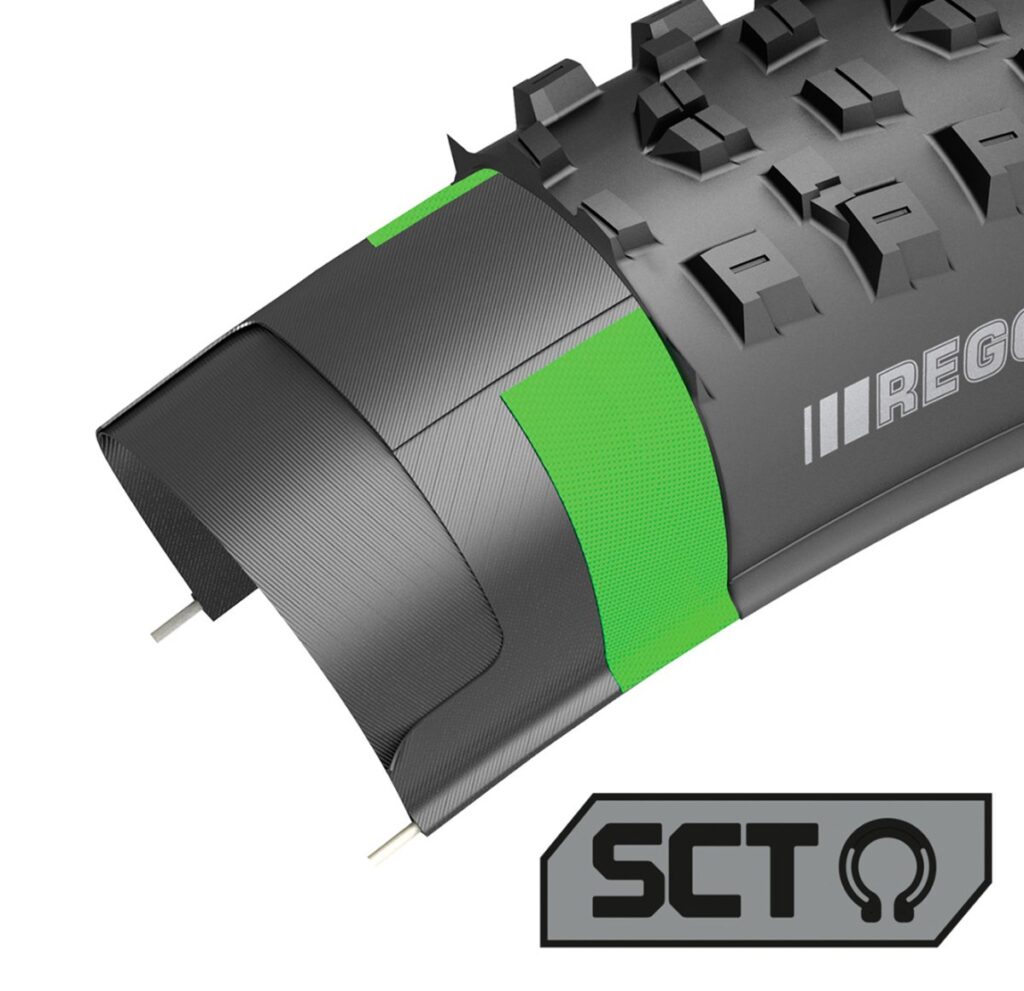
The Role of Sidewall Technology in Enduro Tires
Another crucial aspect to consider is the technology used in the tire’s sidewall. Enduro riding often involves navigating through rough terrain where the risk of cuts and abrasions to the tire is high. Tires with reinforced sidewalls offer added protection against such damage. For instance, technologies like Maxxis EXO Protection or Schwalbe Super Gravity provide a balance between weight and durability.
I’ve personally experienced the benefits of these technologies during challenging rides where sharp rocks and roots were prevalent. The added sidewall strength significantly reduced the chances of sidewall tears, a common issue in harsh enduro conditions. When selecting your enduro tires, it’s not just the tread and size that matter, but also the construction and technology of the tire as a whole, particularly the sidewalls.
Even if your tire’s sidewall splits during an enduro ride, this video from GMBN Tech will help you gear up with knowledge before your adventure.
Personal Experiences and Recommendations
From my experience, tire choice in Enduro is highly personal and depends on your riding style and the typical terrain you encounter. I recommend experimenting with different sizes and tread patterns. For mixed terrains, a tire width of around 2.4 inches often provides a good balance.
Tire Pressure Considerations
Tire pressure is another vital aspect. Too high, and you lose traction and comfort; too low, and you risk rim damage and punctures. I’ve found that slightly lower pressure in wider tires works well for the varied demands of enduro riding.
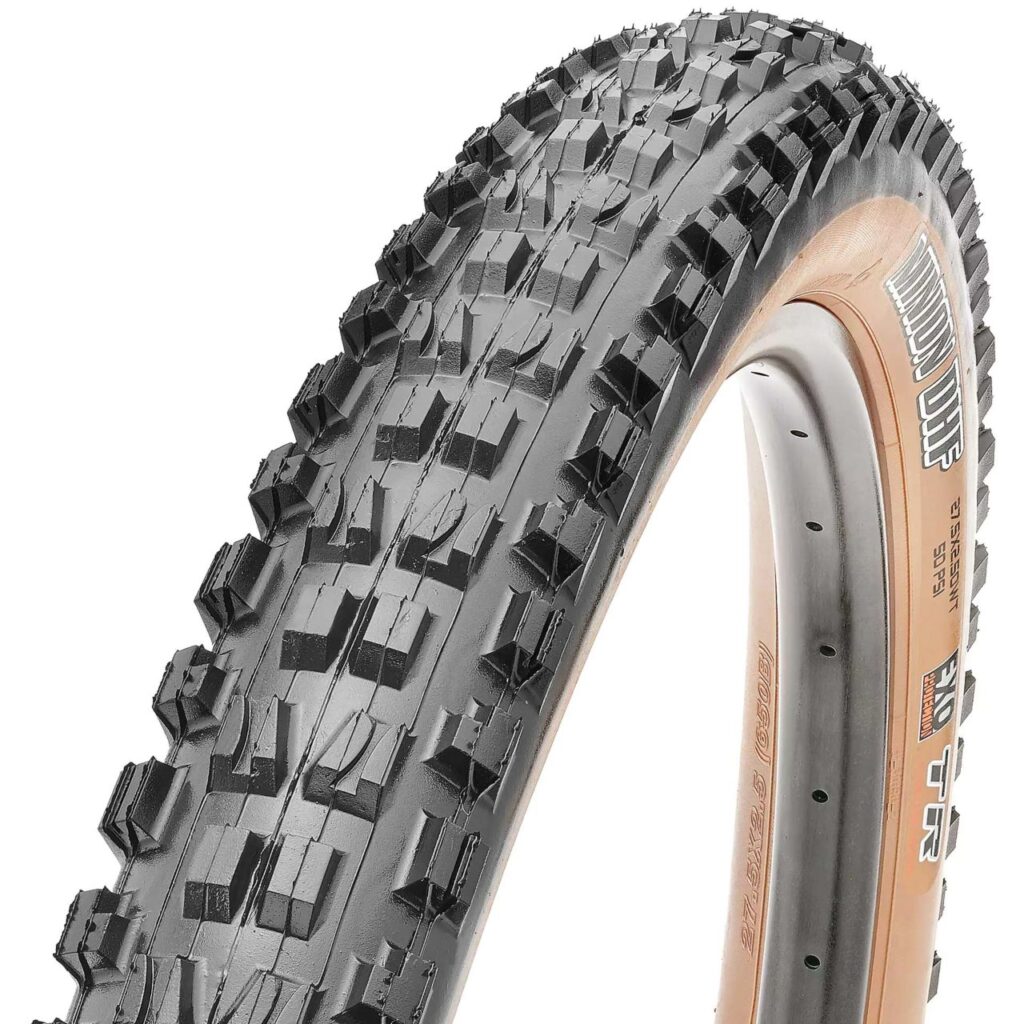
Tubeless Tires in Enduro
Many enduro riders, myself included, prefer tubeless tires for their ability to run at lower pressures without risking pinch flats, and for their self-sealing properties against punctures.
Here are some of the best enduro tires, known for their performance, durability, and suitability for the diverse challenges of enduro riding:
- Maxxis Minion DHF: Renowned for its excellent grip and control, especially in downhill sections.
- Schwalbe Magic Mary: A favorite for wet and muddy conditions, offering aggressive tread for superior traction.
- Continental Der Baron Projekt: Known for its puncture resistance and great performance in a variety of conditions, from wet to dry.
- Michelin Wild Enduro: Offers a great balance of grip, durability, and rolling efficiency, suitable for a wide range of enduro terrains.
- WTB Vigilante: This tire is praised for its aggressive tread and reliability in rough and loose terrain.
Each of these models is designed to meet the specific demands of enduro riding, providing a mix of traction, durability, and handling necessary for the sport.
Final Thoughts
Selecting the right tire size for enduro biking is about understanding the demands of the discipline and how different tire dimensions will affect your ride. Whether it’s a 2.3-inch tire for agility or a 2.6-inch for stability and grip, the right choice can elevate your enduro experience. The best tire is the one that aligns with your riding style and the trails you love.
John
FAQ
What size tire is best for enduro?
The best tire size for enduro typically ranges from 2.3 to 2.6 inches in width, providing a balance of traction, stability, and efficiency suited for the varied and demanding terrain of enduro riding.
What tire width for enduro MTB?
For enduro mountain biking, a tire width between 2.3 to 2.6 inches is ideal, offering a good balance of grip, stability, and rolling efficiency on diverse terrains.
What size tires are on a trail bike?
Trail bikes typically have tires ranging from 2.25 to 2.4 inches in width, offering a balance of traction, control, and efficiency suitable for varied trail riding conditions.
What is the difference between enduro and motocross tires?
Enduro tires are designed for varied off-road terrains with a balance of grip and durability, suitable for both high-speed sections and technical climbs. Motocross tires are more aggressive, designed for softer, looser terrain and motocross tracks, prioritizing traction and control in high-speed, jump-heavy environments.
